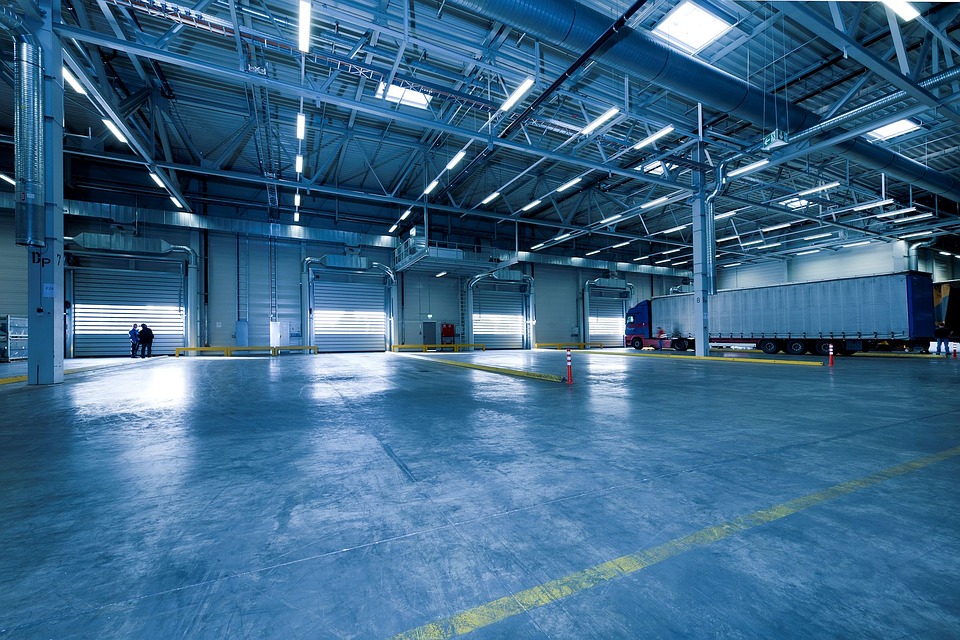
This past year has been a busy one for the cannabis industry, with legal access building the base of consumers to an all-time high, and several drug manufacturers garnering interest in critical research into cannabinoids like THC and CBD that are found in cannabis plants. The very first huge leap forwards this year came from GW Pharmaceuticals who have officially garnered FDA approval for the anti-seizure drug Epidolex, but the good news doesn’t stop there. Thanks to a booming recreational market, there is now a tracked demand for more health-conscious cannabis infused products like edibles, which currently make up nearly 40% of sales despite marijuana edibles remaining illegal in Canada. So, what does all of this have to do with cannabis biofactories? Well, the edibles market is a significant driver in the introduction of these new brand-new facilities that are utilizing old school technology to get the job done.
Growing cannabis is painstaking time consuming work, and though many would argue an incredibly worthwhile endeavor, it’s not a particularly cost effective one. This has kept many investors on the edges of their seats, as they await the right time to enter the edible portion of the cannabis industry. Since the customer base for plain old Mary Jane has slightly dwindled, and the onslaught of new health conscious consumers voicing their frustration with a lack of product choices on a different end of the spectrum have arisen, it was almost essential for industry professionals to take a look at the problem from an entirely different angle. If we don’t need more buds that are harvested from cannabis plants, than there are a few different options to consider. The most viable thus far has come from researchers who chose a method that has been used for decades to isolate different substances like drugs using yeast.
What are cannabis biofactories?
Now that green cannabis plant bud flowers are no longer in such high demand, manufacturers have found a more cost and time effective solution that is making waves in the industry. Though there is a lot of science behind it, the general idea is that the genetics from cannabis plants which produce high levels of compounds like THC and CBD are injected into yeast DNA to create a naturally occurring source for cannabinoids. The genetically modified yeast is then fed massive amounts of carbohydrates and sugars, and in return, it will produce significant amounts of cannabinoids in half the time and much less space than a traditional grow room. This has many licensed producers and investors ditching the idea of greenhouses and replacing them with cannabis biofactories that are equipped for this exciting new process to take place properly.
Cannabis biofactories vs. cannabis greenhouses
Though this brand-new adventure is undoubtedly exciting for consumers who are interested in trying this type of product, they are often of concern to surrounding residents. This is mainly due to the rash of complaints that followed many licensed producers as they quietly set up shop across both rural and city communities. The smell can often be of concern, and cannabis biofactories sound like they will be performing a similar task on a much larger scale. So, what is the difference for locals who reside close to potential sites for these businesses? Truthfully, there will always be some smell, but in the case of cannabis biofactories, the scent is less relatable to growing cannabis and more reminiscent of a brewery. So, whether you like the idea of living near one better than the other will largely depend on your personal opinions surrounding the cannabis plant itself. Neither option is safer than the other, but biofactories are much more effective and can reduce the need for facilities by at least half, and realistically even more than that if this trend continues as it is currently expected to.
Why the introduction of cannabis biofactories is a good thing?
Growing cannabis is touted as a relatively simple task, but the truth is that for producers to provide a consistent quality product, they have to be incredibly careful. This, along with theft, is why greenhouses are used instead of farmers’ fields to cultivate buds. Though there will likely always be a market for fresh cannabis flowers, the introduction of biofactories will allow for a faster, safer, and more effective way to produce cannabinoid infused products like weed “beer” or other enticing edibles. It can also help to make it easier for manufacturers of CBD topical products to obtain the strength necessary to be effective when applied externally. This process also cuts down on the amount of water, hydro, and manpower required to function such a facility which results in savings that in the end, will be passed along to the consumer alongside a broad range of new and exciting more affordable cannabinoid infused products. Not everyone is happy with the latest legal cannabis industry, but for anyone who is interested in either manufacturing or using cannabis infused products, this is an essential step in the right direction.
